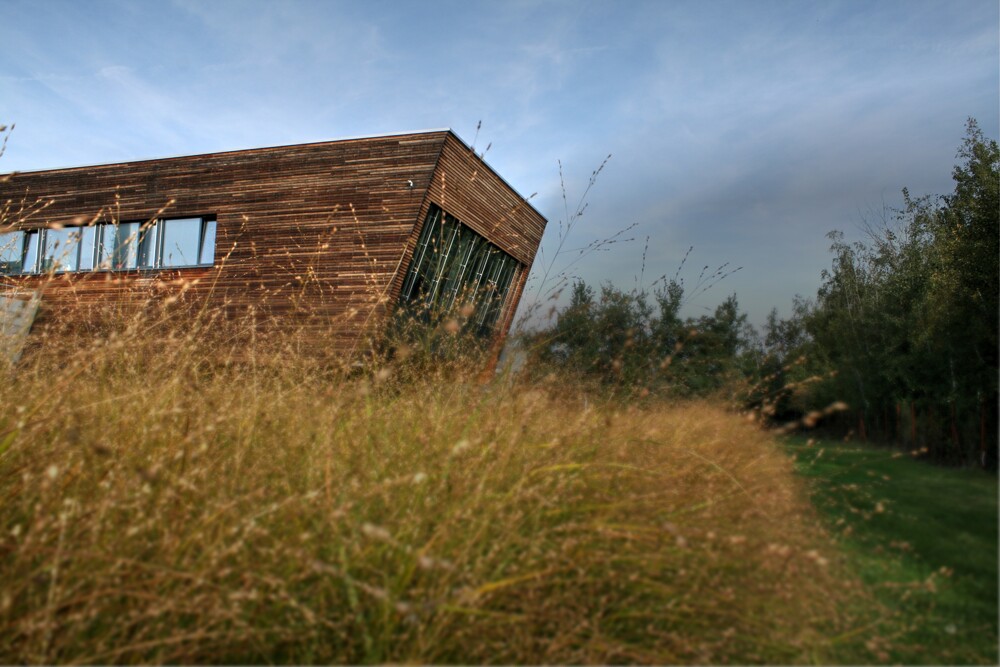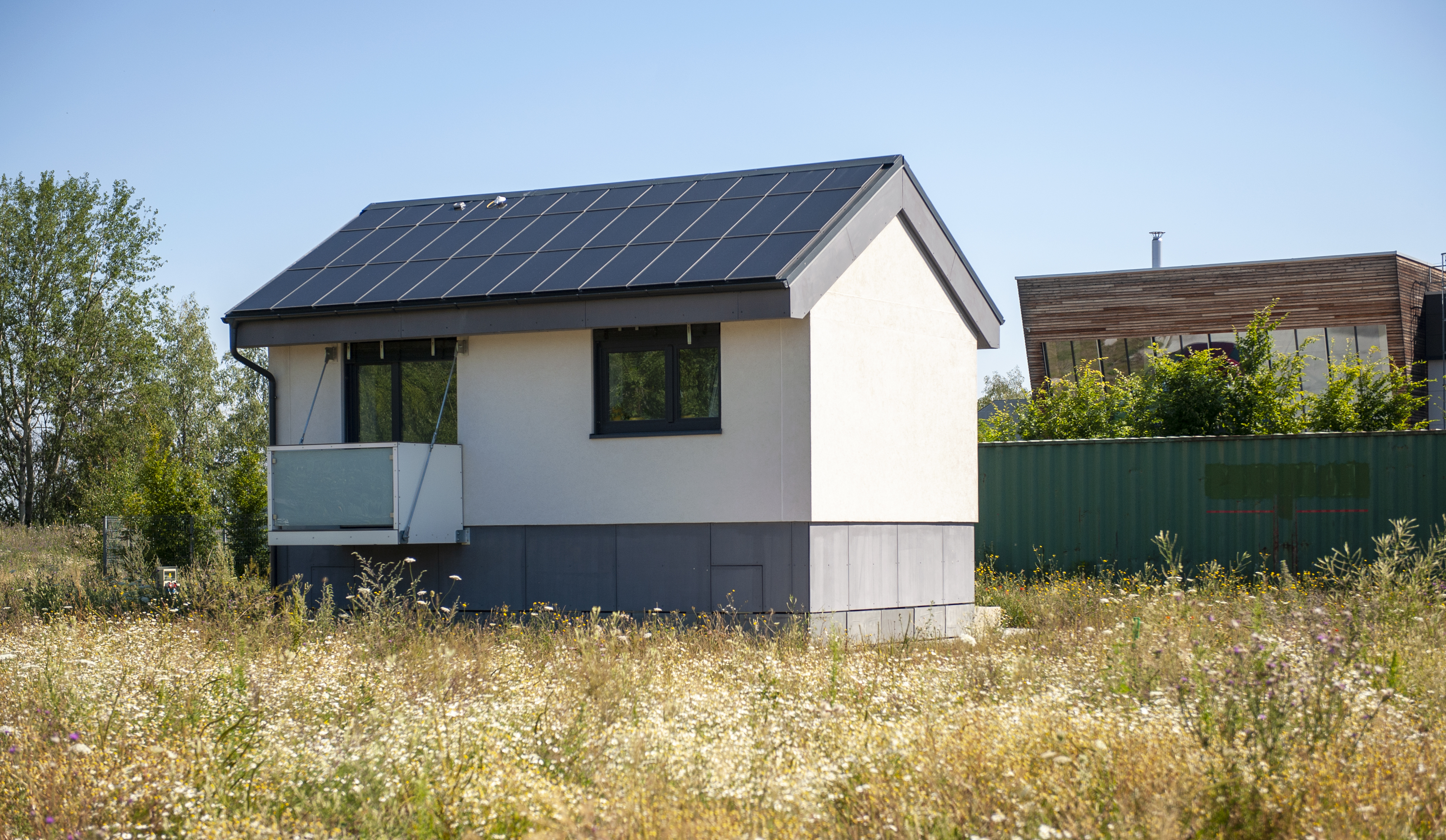

In our climatic conditions, overheating of apartment buildings is not yet a central topic of public debate, which, due to
the sharp increase in energy prices, continues to revolve mainly around heat savings in winter. Nevertheless, the increasingly
frequent summer heat also directs the public's attention to the search for ways to increase the resistance of buildings against
temperature extremes and other phenomena, such as torrential rainfall or, on the contrary, increased dust in dry periods.
An ideal house should be able to withstand sudden shocks, react to them or adapt to them so that the functions provided to
its inhabitants are not disturbed. In this context, we talk about the resilience of buildings, which is understood as a collective
term for their resistance, self-sufficiency, robustness and durability.
The University Centre for Energy Efficient Buildings of CTU in cooperation with RD Rýmařov has developed within the RESBy
project Metodiku pro hodnocení bytových domů z pohledu resilience, mitigace klimatických změn a adaptace na klimatické změny, which allows assessing the quality of buildings already at the design stage. There are a total of 20 monitored criteria.
They include, for example, readiness for summer heat, floods and other extreme weather conditions or even an external fire.
The methodology follows the certification tool SBToolCZ (Sustainable Building Tool CZ) for assessing the quality of existing and
newly proposed buildings according to the principles of sustainable construction, which was put into operation in June 2010.